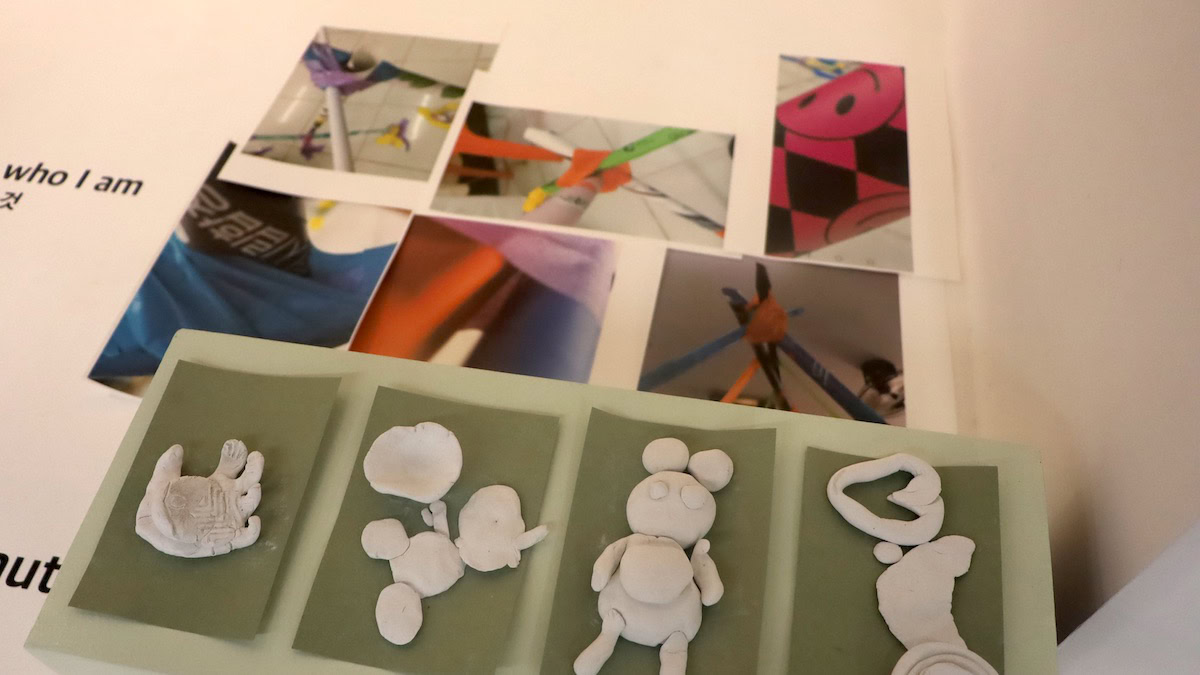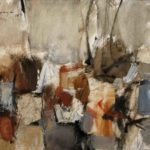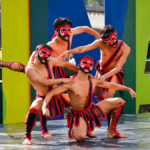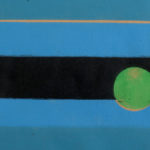For Kian Aze Cordero, a student from Timoteo Paez Integrated School, art has become a helpful tool in coping with academic stress and emotional challenges. His experience at Imagine Tondo, a cultural exchange collaboration between the Cultural Center of the Philippines (CCP) and the Korea Arts and Culture Education Service (KACES) has solidified this belief. “Art just calms me down,” said Cordero.
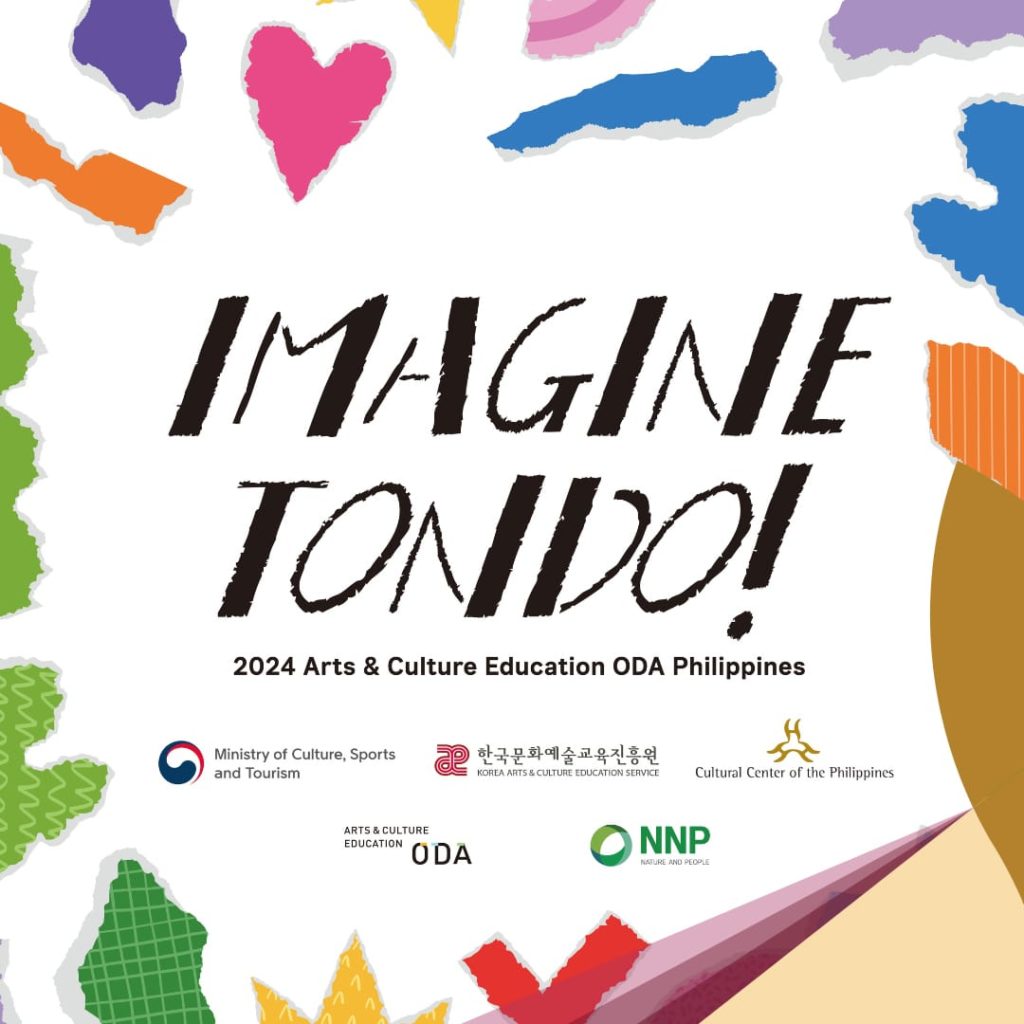
Highlighting the intangible benefits of creative expression, Filipino artist-teachers and invited Korean experts in various fields of arts engaged in special curriculum training, integrating art into the Science, Technology, Engineering, and Mathematics (STEM) framework of the Department of Education (DepEd). This curriculum was implemented in Imagine Tondo, a two-week workshop held from September 23 to October 4, 2024.
To give the world of art the spotlight it rightfully deserves in the academe, Imagine Tondo kicked off with training for the participating educators, giving them ample time to formulate art-centered activities tailored to children
The project aimed to foster and strengthen community bonds among the young people in Tondo. Offering them a safe space to express themselves, Imagine Tondo also provided the opportunity to connect with others through creativity.
“Imagine Tondo describes the happiness that art and culture can bring. For the past two years, CCP and KACES have been partners in emphasizing the essence of art in life and culture, sharing the invaluable experience of artmaking with younger generations,” shared KACES President Eun-Sil Park.
Through Imagine Tondo, both Filipino and Korean mediators and participants engaged in cultural exchanges, with each sharing what they learned from each other and from the students they encountered.
CCP Vice President and Artistic Director Dennis M. Marasigan expressed his appreciation for the partnership with KACES and conveyed his aspiration to continue the program, envisioning how it could influence the Philippine cultural landscape in the future.
“We can institutionalize the Imagine Tondo program so it can be replicated in different schools, regions, and areas of the country. This can be done on a national scale,” said Marasigan.
Beyond the basic definition of art and the donation of textbooks and other learning materials, Imagine Tondo illustrated how art contributes to and affects everyday life. At the core of the recent two-week workshop for artist-teachers and students was learning how to incorporate art and culture into everyday life.
Along with the special curriculum, reflections and learnings of the Filipino and Korean mediators were implemented with the 252 students from Lakan Dula High School, Gen. Gregorio Del Pilar Elementary School, Raja Soliman Science and Technology High School, and AHA! Learning Center.
Althea David, another participant from Timoteo Paez Integrated School, shared her fondness for creating green landscapes with oil pastels. Through Imagine Tondo, she realized the reason behind her love for the arts: “I find joy in making art. It is how I relax when I’m stressed.”
While some participants viewed art as a hobby, the CCP and KACES’ Imagine Tondo helped them understand and appreciate art’s role in shaping their identities and improving their lives.
“We hope to instill learning in the arts for the children, promoting our culture in everyday life,” shared Marasigan. He acknowledged that the success of Imagine Tondo is a testament to the artistic potential of children if given the right resources and environment. The program proved that, with support, children can grow artistically and lead imaginative lives without barriers.
KACES President Park emphasized the importance of fostering an appreciation for arts and culture in the next generation. By allowing participants to experience art through individual and group activities, Imagine Tondo demonstrated that art is an integral part of life and culture.
“Above all, the future generation of children is what matters most. Their dreams must be protected,” added Park.
Through the activities facilitated by the mediators, the children became active participants in their own lives. They gained unforgettable experiences, new friendships, and a newfound appreciation for how art intersects with life and culture.
Click here for more stories like this. You may also follow and subscribe to our social media accounts: Facebook, YouTube, Instagram, TikTok, X, and Kumu.


